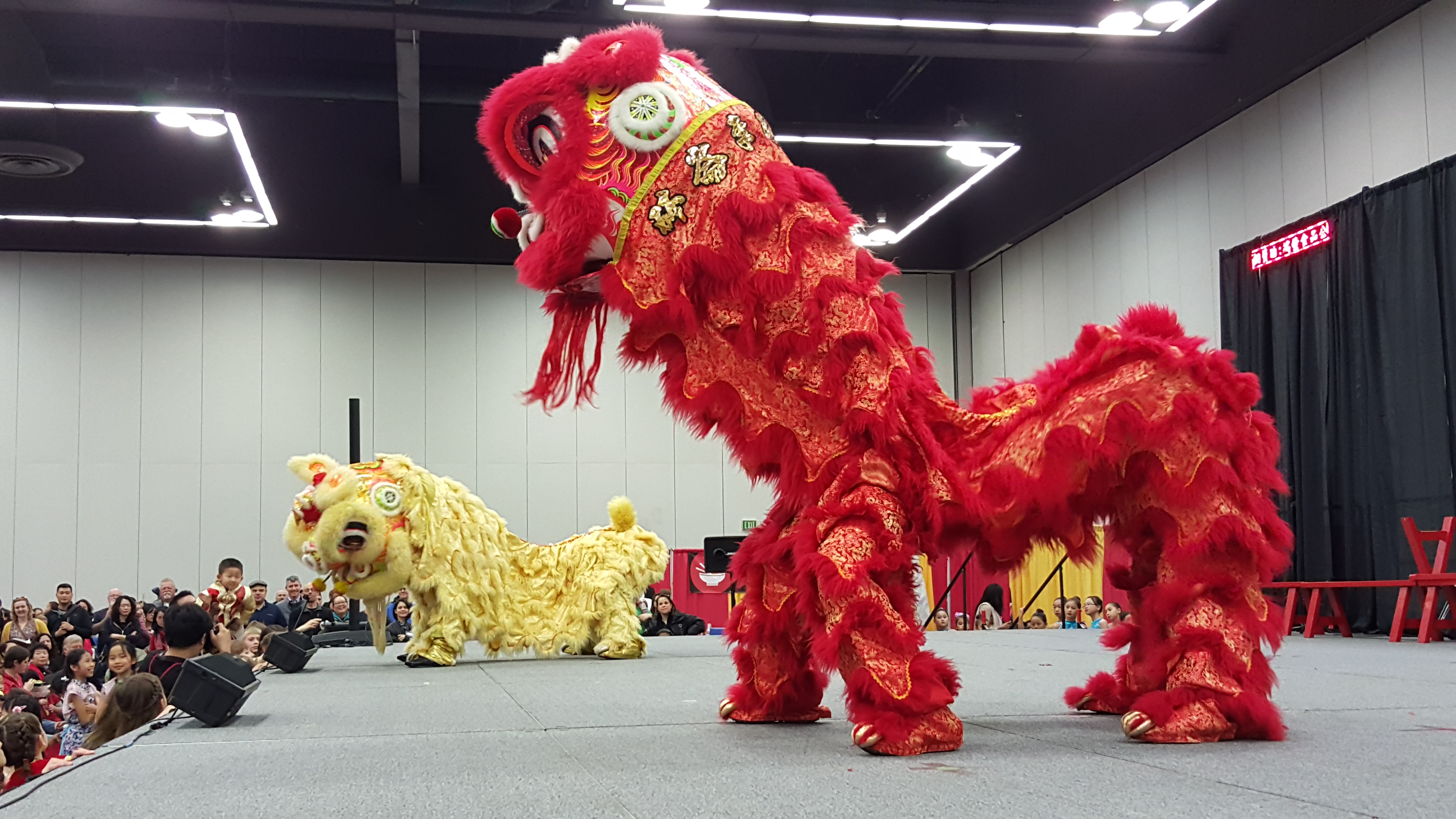Chinese New Year brings families together for 15 days
 Did you know: One-fourth of the world celebrates the Chinese New Year, also known as the Spring Festival?
Did you know: One-fourth of the world celebrates the Chinese New Year, also known as the Spring Festival?
Monday, Feb. 8, marked the start of the Year of the Monkey. There are 12 animals in the Chinese zodiac and each of them fall in a cycle, year to year. The monkey is characterized as witty, enthusiastic and outspoken.
Chinese New Year is based on a Lunar-solar calendar, so the dates change slightly every year, but each time, it’s celebrated in various communities across Portland.
On Feb. 6, the Oregon Convention Center hosted the Chinese New Year Cultural Fair and the Vietnamese New Year celebration, Tết Nguyen Dan. Traditional dances were performed back-to-back and the exhibit halls were filled with local vendors supporting businesses and organizations.
Starting on Feb. 8 and running through Feb. 22, the Lan Su Chinese Garden in northwest Portland will host celebrations equipped with lanterns, cultural activities, lion dances and more.
“Since Chinese New Year is the most auspicious holiday in China, the garden produces the largest festival of our year,” said Gary Wilson, director of events and programs for the garden. “We produce 15 days of cultural programs, with the weekends full of activities and performances all day for both weekends.”
Chinese New Year is closed with a final celebration: the Lantern Festival. “Celebrating lanterns is a symbol of wishing in the light of the sun and spring. Using red lanterns with gold trim is the color of good luck and prosperity,” Wilson explained.
Put simply, most of the traditions of the Spring Festival symbolize hopes for prosperity in the year to come.
Hong baos (red envelopes) with ‘lucky money’ are a common gift to wish someone good fortune.
“Usually, the married couple gives [a red envelope] to the kid, or grandfather gives it to father – to one generation, or couple generations down,” said Steven Ying, chairman of the Oregon Chinese Consolidated Benevolent Association. Other married couples, family or friends, may give red envelopes to their nieces, nephews or friends’ children, as a sign of good luck and to spread the tradition. “Early in the morning, [children] will go and bow to respect their elder, and then get the red envelope. I just now passed out a thousand envelopes to the children,” Ying said.
The Spring Festival is very family-orientated. Each year, on the eve of the New Year, families gather together for a reunion dinner. A common dish to serve is a dish of sticky rice and according to Ying, it represents ‘the unity of the family.’
“It means they stick together, in a family, in a circle,” he said.
It’s common to see the color red everywhere. Red represents “happiness and celebration,” Ying said. Red gives a hopeful vibe of energy, joy, and fortune.
Lion dances are often an exciting part of the celebrations, which also symbolize blessing and prosperity. During the performance, the lions will take salad greens, such as lettuce, and tear them up. They spit out the greens to the audience as a blessing.
“Lion dances are what they do to scare away the evil spirit,” Ying said. “Firecrackers, same thing. The noise scares away the evil spirit.” He said the spirits depended on what people believed – they could be mountain lions, or spiritual.
There are lucky flowers that correlate with the zodiac, given as another way of wishing someone good luck. This year, the lucky flowers that coincide with the Monkey are chrysanthemum and crape myrtle. “In China, [the people] celebrate in the market by selling flowers, because it’s the Spring Festival and a lot of flowers are blooming very well,” Ying said.
He said it’s also a tradition to receive new clothes. “When I was a kid, every new year, I would wear new clothes,” said Ying.
Mt. Hood students also shared with the Advocate some of their own customs.
Trà Phan, who is studying communications, described some of the common New Years traditions of her family. “My parents usually give us lucky money. You can still get lucky money [while in college], but mostly when you’re younger… not always after high school,” she said.
“The eve of New Year, when it’s around 12 o’clock, we like to light fire crackers to ring in the New Year. We didn’t have fire crackers this year, though,” she said.
“My mom likes to put out pots of flowers,” Phan added. “She finds good-looking branches in the backyard and puts fake yellow flowers on them” – identifying them as Ochna Integerrima, also called the Vietnamese Mickey-Mouse plant.
Phan said her mother makes ginger-coconut candy for the occasion, and there are family gatherings similar to America’s Thanksgiving.
“We like to go visit our elders and wish them a Happy New Year. We visit all of our family and we have dinner altogether,” she said.

Leave a comment